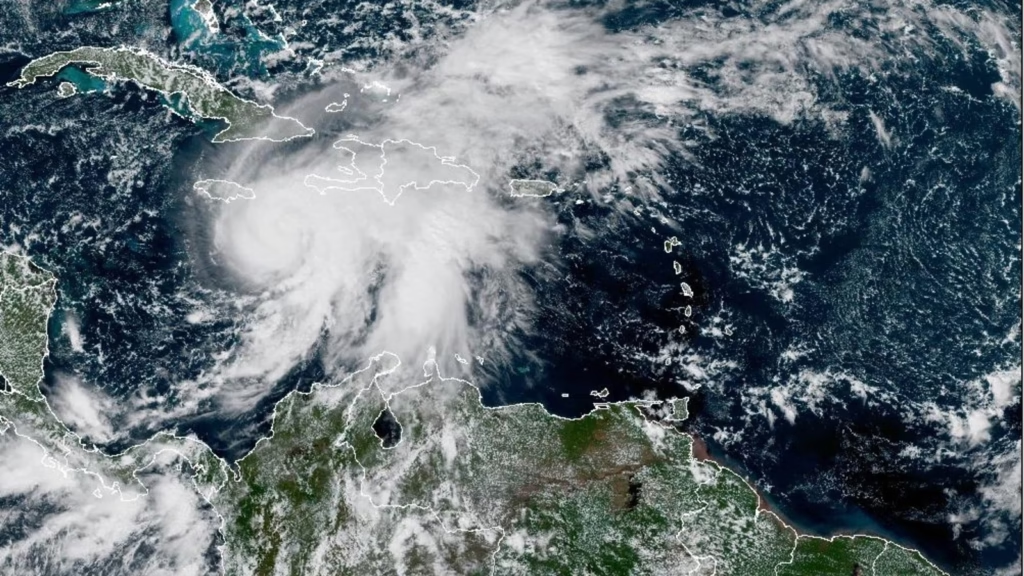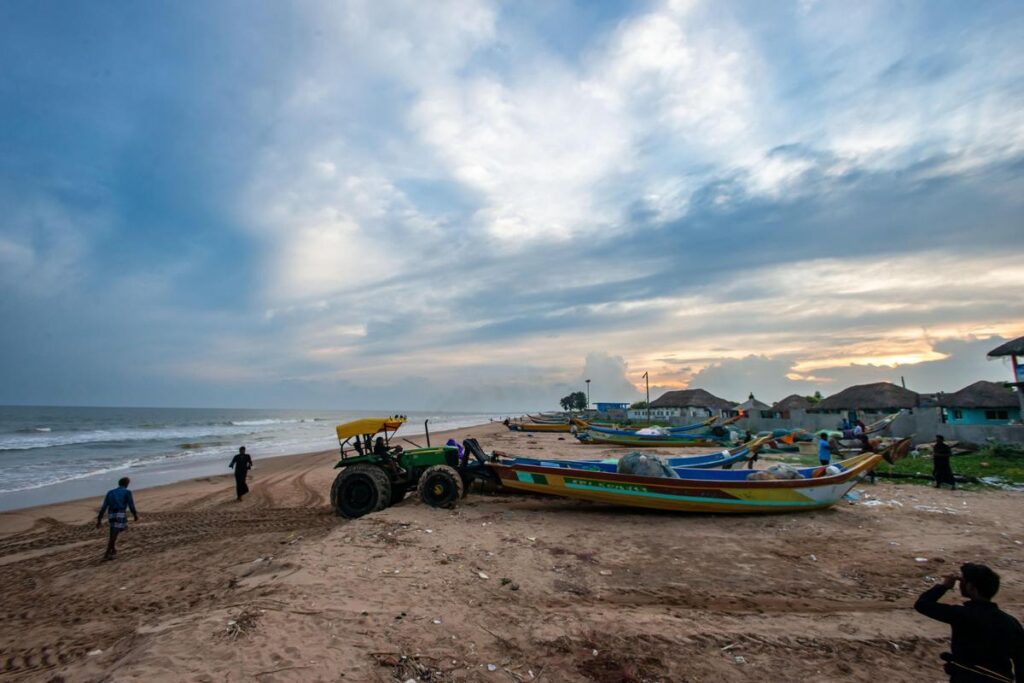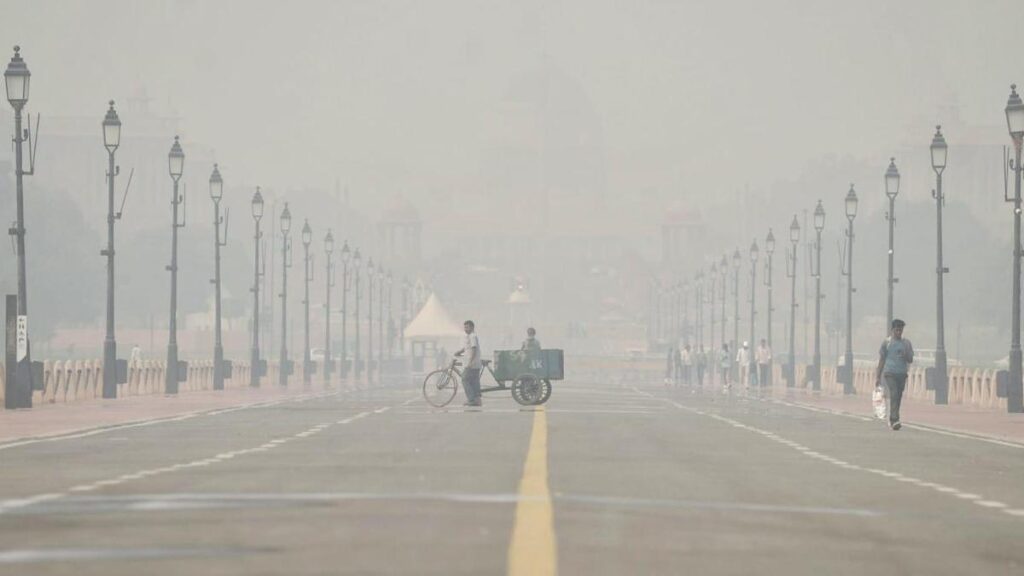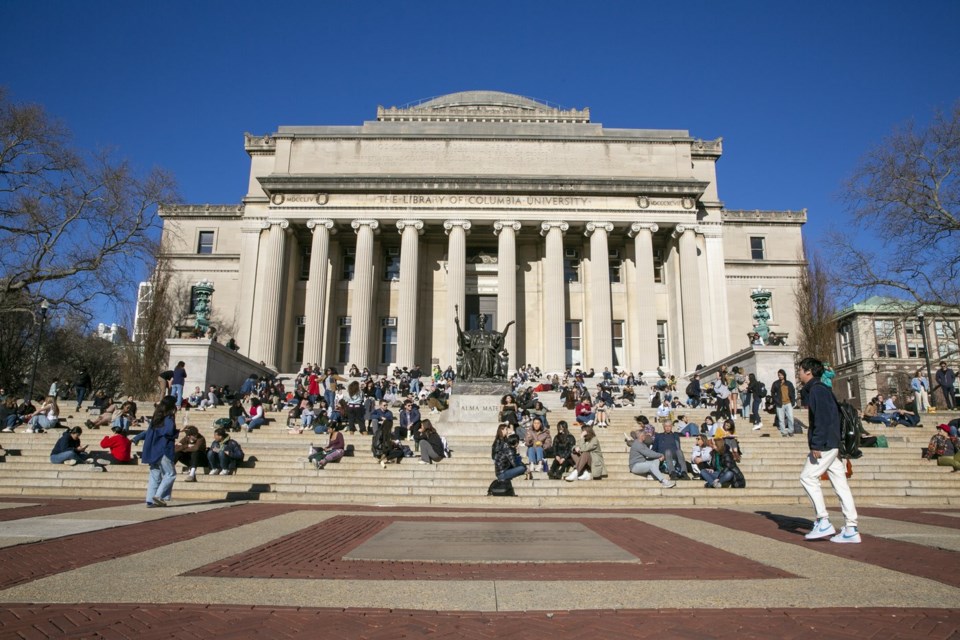Now Reading: Yamuna Water Levels Rise in Delhi After Heavy Hathnikund Barrage Release
-
01
Yamuna Water Levels Rise in Delhi After Heavy Hathnikund Barrage Release
Yamuna Water Levels Rise in Delhi After Heavy Hathnikund Barrage Release
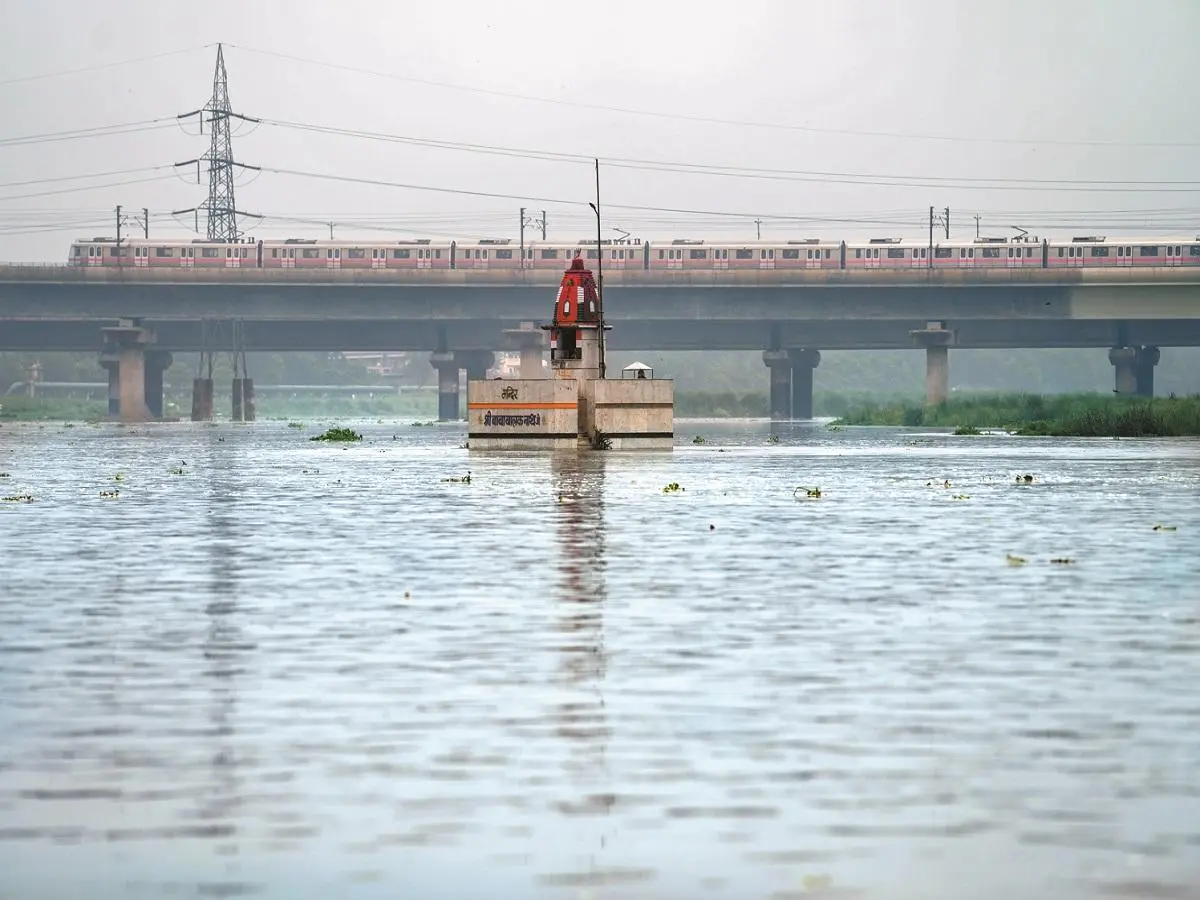
Delhi is once again on alert after a significant release of water from the Hathnikund Barrage in Haryana caused the Yamuna’s water levels to rise rapidly. While the situation hasn’t reached crisis levels yet, authorities are monitoring the flow closely, especially in flood-prone pockets of the capital.
Increased Inflow Raises Risk Near Low-Lying Areas
On Tuesday morning, over 1.1 lakh cusecs of water were released into the Yamuna from the Hathnikund Barrage following heavy rainfall in the upstream areas. As a result, the river’s water level in Delhi began inching upwards and is expected to peak in the next 24 to 48 hours.
Though the current water level is still below the official danger mark, it is uncomfortably close. This has prompted the Delhi government to increase surveillance near vulnerable areas, including parts of East Delhi and North East Delhi where flooding has occurred in past years.
Evacuation Plan Ready, Relief Measures on Standby
District officials have already been directed to stay on standby. Boats, sandbags, and relief shelters are being prepared in case the situation worsens. Public advisories have also been issued urging residents in low-lying areas to avoid going near the riverbanks and to remain alert for further announcements.
Temporary shelters are being set up for those who may need to be relocated. Authorities are also coordinating with the Haryana government to manage water releases from the barrage in a controlled manner.
Why This Matters for Tier 2 Cities
Rising river levels due to upstream water releases is not a concern limited to metros. Tier 2 cities located along major river systems—like Patna along the Ganga or Nagpur along the Nag River—face similar challenges during monsoon months.
This situation in Delhi is a reminder that even if local rainfall is manageable, upstream water flow can create sudden and serious risks. Local administrations in smaller cities need to actively monitor water inflow from higher regions and prepare accordingly.
Conclusion
As the Yamuna swells due to heavy discharge from the Hathnikund Barrage, Delhi finds itself bracing for a familiar monsoon test. The city’s disaster response teams are better prepared this year, but nature’s unpredictability always calls for caution. Whether in a metro or a Tier 2 town, early preparedness remains the best defense against flood threats








